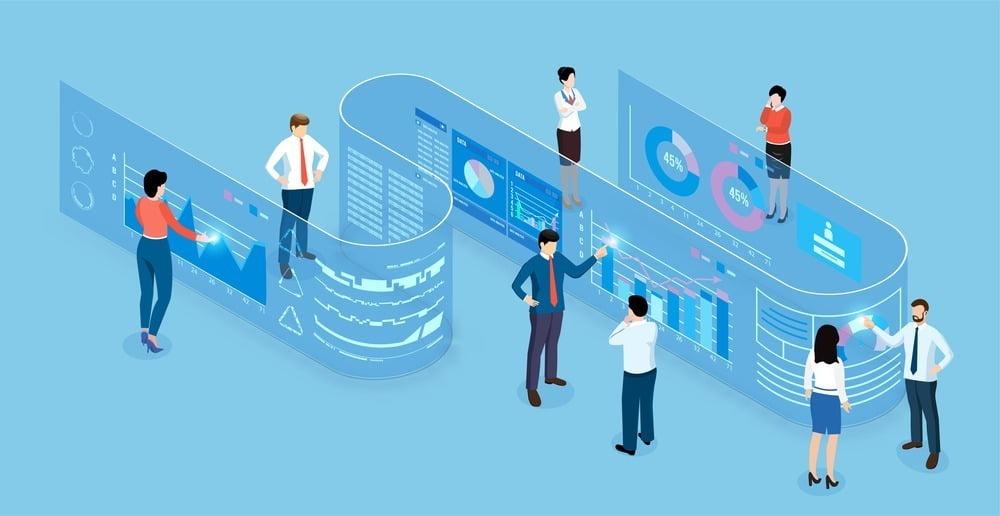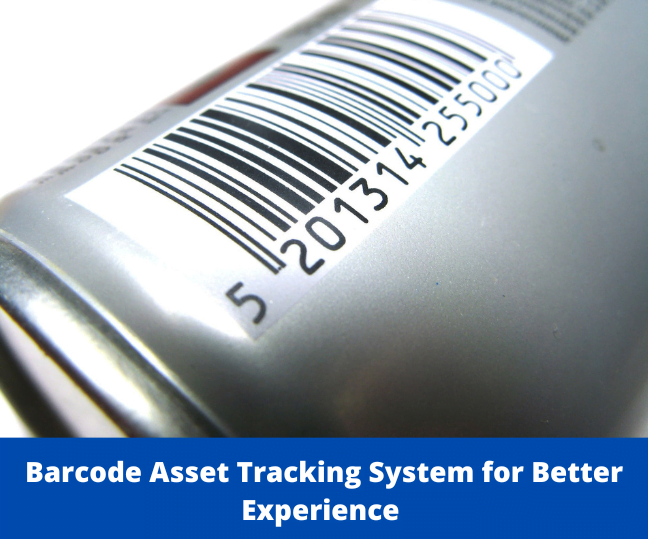As we look toward 2024, the Software as a Service (SaaS) license management landscape is poised for substantial transformation. Organizations increasingly rely on SaaS solutions for scalability, efficiency, and cost savings. With this shift, staying abreast of the emerging trends in SaaS license management is crucial for companies to maintain a competitive edge. Here are six trends that are shaping the future of SaaS license management.
What is the current state of SaaS license management?
Recently, Gartner reported that global end-user spending on cloud application services (SaaS) will exceed $232 billion in 2024 (up from $197 billion in 2023). A survey conducted by the State of SaaS Series for 2023 revealed that organizations used around 100 million SaaS licenses between 2021 and 2023. However, this rapid adoption brings to the fore several challenges.

Many grapple with ensuring their SaaS investments deliver tangible value, with concerns about underutilized tools and software redundancy. There’s also an increasing awareness of the security risks posed by unauthorized subscriptions, highlighting the need for stricter governance and oversight. What does this mean?
Well, license management must certainly be given adequate attention.
Related blog: The Next Big Thing in SaaS IT Operations Management
6 SaaS license management trends to watch for in 2024
1) License management automation
The automation process extends beyond basic provisioning and de-provisioning to encompass real-time adjustments in licensing needs based on adaptive predictive models. These systems are now capable of learning from usage trends, enabling them to dynamically allocate and recycle licenses, further reducing waste and cost.
Also, the introduction of blockchain technology for immutable license tracking ensures enhanced compliance and transparent license utilization.
2) Flexible licensing options
The “pay as you grow” model is swiftly becoming the norm, providing organizations with the flexibility to adjust their SaaS commitments in tandem with their fluctuating requirements. This scalable approach ensures that companies can expand their resources during peak periods and allows for contraction during slower phases, thus avoiding wasteful spending.
Moreover, this model supports organizations in the trial and experimentation stages, enabling them to test new software without substantial upfront investments.
3) Increased focus on software compliance
Software licensing is growing in complexity, driving a stronger focus on compliance. Organizations are dedicating more resources to comprehensively understand and abide by the terms of their SaaS agreements, avoiding potential legal penalties and reinforcing ethical usage of software.
For instance, a multinational corporation may implement a compliance management platform to monitor its software usage across different regions and ensure adherence to local and international licensing laws.
4) More cybersecurity
Amid escalating cyber threats, SaaS providers are enhancing security measures around licensing to protect sensitive data and maintain trust. AI and machine learning are pivotal in this enhancement, especially for monitoring license usage and detecting unauthorized access or license compliance breaches.
It is about safeguarding the licensing agreements themselves, ensuring that only authorized users can access services according to their subscription tiers.
5) Improved license renewal processes
Enhancements in SaaS license renewal processes are becoming increasingly sophisticated, with a shift towards automation and intelligent systems. Providers are integrating algorithms to automate renewal notifications, streamline approval workflows through decision support systems, and utilize usage-based pricing models. The technical advancements also include the implementation of ML models that analyze historical usage data to predict future needs and recommend personalized renewal plans.
These models can optimize license allocations, ensuring resources are neither underutilized due to over-provisioning nor strained by under-provisioning. Hence, it ends up maximizing cost-efficiency and resource utilization.
6) Increased visibility into SaaS usage
Advanced analytics and reporting tools are equipping organizations with granular data on SaaS license utilization. Enhanced data mining techniques and complex analytical models offer unprecedented clarity into usage patterns, allowing for license distribution and expenditure optimization.
Predictive analytics are also harnessed to forecast future licensing needs based on trend analysis. On the other hand, anomaly detection algorithms are identifying discrepancies in license usage. These include dormant accounts or areas of underutilization.
Related blog: Importance of Tracking Software Licenses with IT Asset Management Software
Conclusion
The future of SaaS license management in 2024 reflects the growing need for flexibility, automation, and security. With organizations continuing to embrace SaaS products and solutions, how licenses are managed will become more sophisticated, with a strong emphasis on compliance and efficiency.
Organizations that stay ahead of these trends will be well-positioned to reap the benefits of SaaS while managing costs and maintaining a secure and compliant IT environment.






.svg)





















